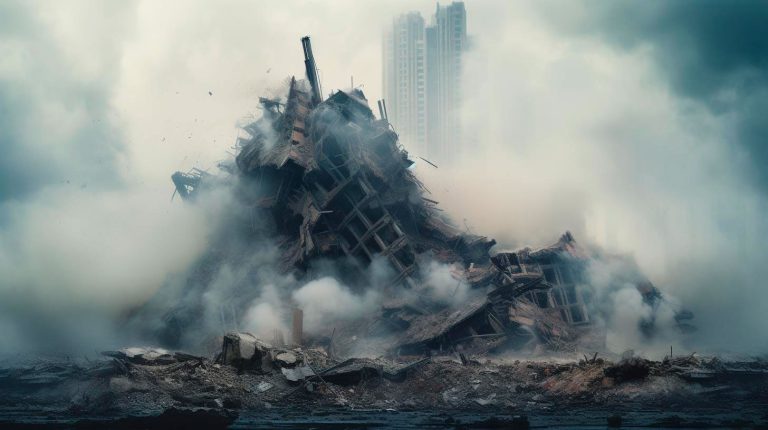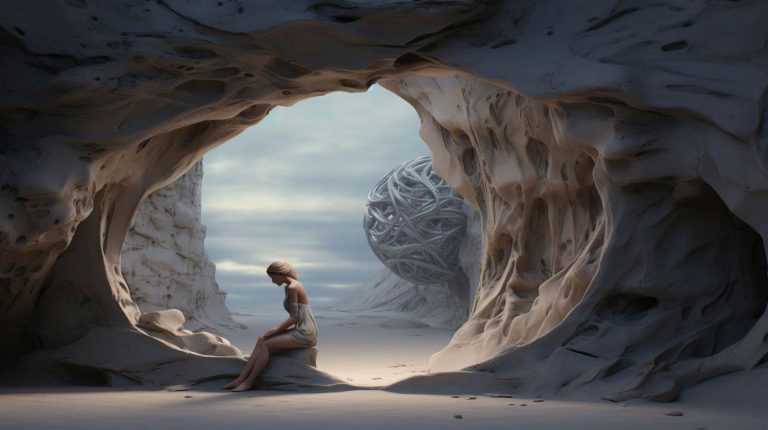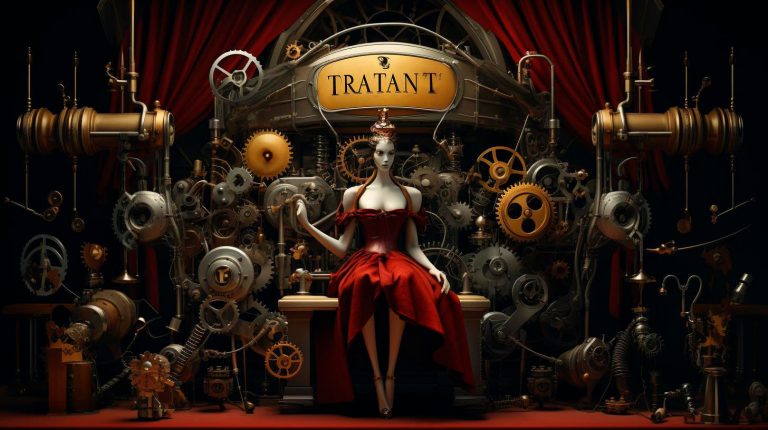This article explores the impact of virtual reality on curation in photography, highlighting its benefits, challenges, and key takeaways for both photographers and art enthusiasts.
Understanding VR-Enabled Photography Curation
VR-enabled photography curation refers to the practice of curating and displaying photographic works in virtual reality environments. Through the use of VR headsets and immersive technologies, viewers are transported into a virtual gallery, where they can navigate through curated collections of photographs as if they were physically present in a museum or gallery setting. This novel approach to curation offers unique opportunities for photographers, curators, and viewers alike.
The Benefits of VR in Photography Curation
- Enhanced Immersion: VR technology provides viewers with a heightened sense of immersion, allowing them to closely examine the details of each photograph and experience a greater emotional connection.
- Expanded Accessibility: Virtual galleries break down geographical barriers, enabling people from all over the world to visit curated exhibitions without the need to travel.
- Dynamic Exhibition Spaces: VR enables curators to create and customize virtual exhibition spaces that can be tailored to enhance the overall viewing experience and convey a specific ambiance.
- Interactivity and Engagement: Users can interact with the virtual environment, allowing them to manipulate and engage with the displayed photographs in unique ways, such as zooming in on specific details or accessing additional information about the artwork.
Challenges and Considerations
While VR-enabled photography curation holds immense potential, there are also noteworthy challenges and considerations that need to be addressed:
- Technical Requirements: VR experiences require specific hardware, such as VR headsets, which may limit accessibility for some individuals due to cost or technological limitations.
- Preservation and Archiving: The digital nature of VR exhibitions raises concerns about the long-term preservation and archiving of virtual collections, as technologies and formats may become obsolete over time.
- Curation Ethics: Curators need to navigate ethical considerations, such as the potential manipulation or alteration of photographs within the virtual environment.
- Viewer Engagement: Ensuring viewers’ sustained engagement and active participation in virtual exhibitions poses a challenge, as the novelty of VR experiences may wear off over time.
Key Takeaways for Photographers and Art Enthusiasts
For photographers:
- Consider embracing VR as a platform for exhibiting and reaching a wider audience.
- Experiment with creating immersive and interactive experiences to enhance the viewer’s engagement with your work.
- Stay updated on the latest advancements in VR technology, as it continues to evolve and present new possibilities.
For art enthusiasts:
- Explore virtual exhibitions and galleries to expand your access to curated photography collections.
- Take advantage of the interactive features within VR experiences to deepen your understanding and appreciation of the showcased works.
- Support photographers who embrace VR as a medium for curation and consider collecting virtual artworks.
In conclusion, the incorporation of virtual reality into the curation of photography is redefining the way we engage with visual art. VR offers enhanced immersion, expanded accessibility, and interactive experiences that benefit both photographers and art enthusiasts. However, challenges related to technical requirements, preservation, curation ethics, and viewer engagement must be addressed to fully harness the potential of VR in photography curation. As technology continues to advance, the virtual curator is poised to become an integral part of the art world, transforming the way we experience and interact with photographic works.



















+ There are no comments
Add yours